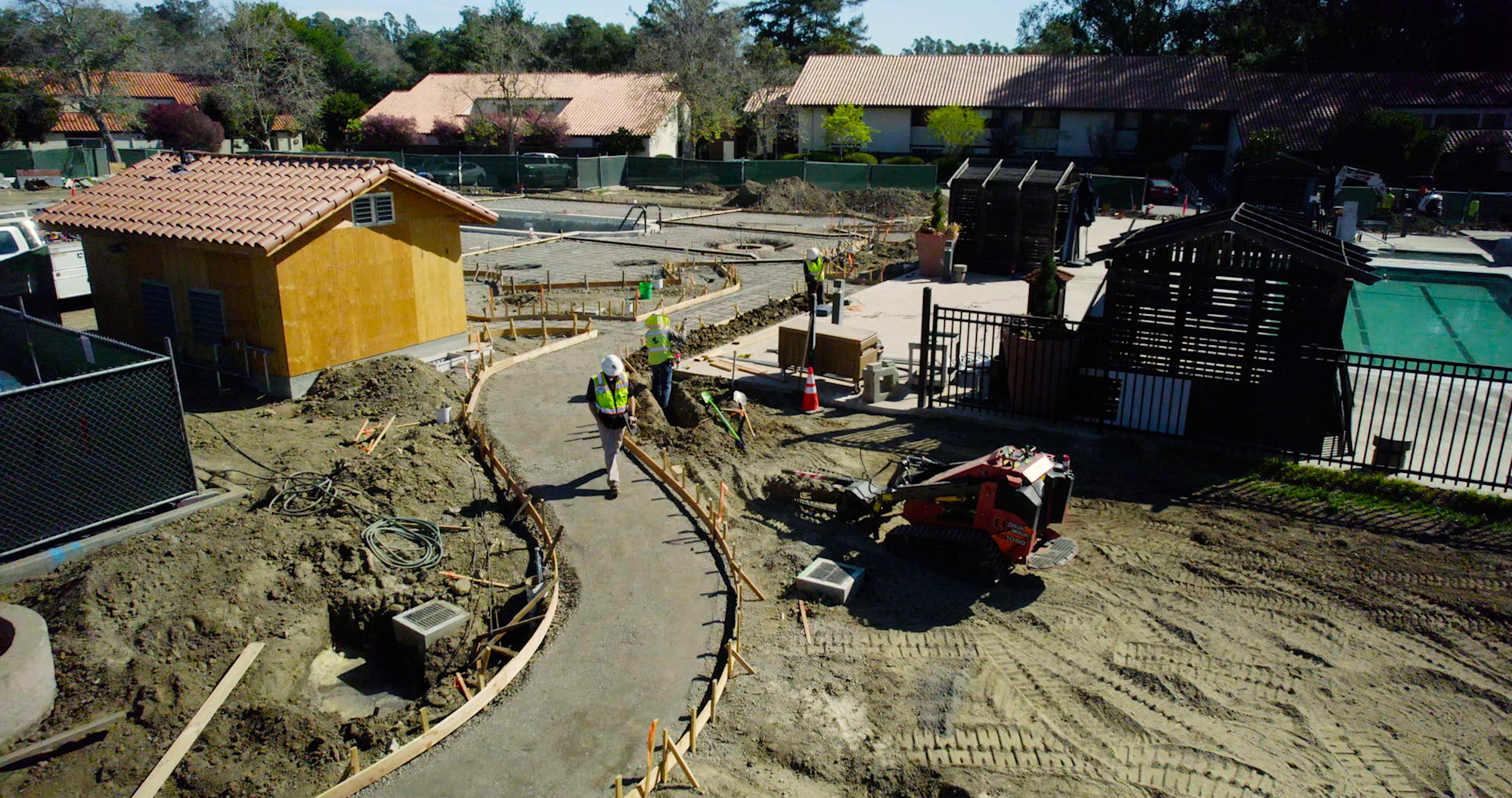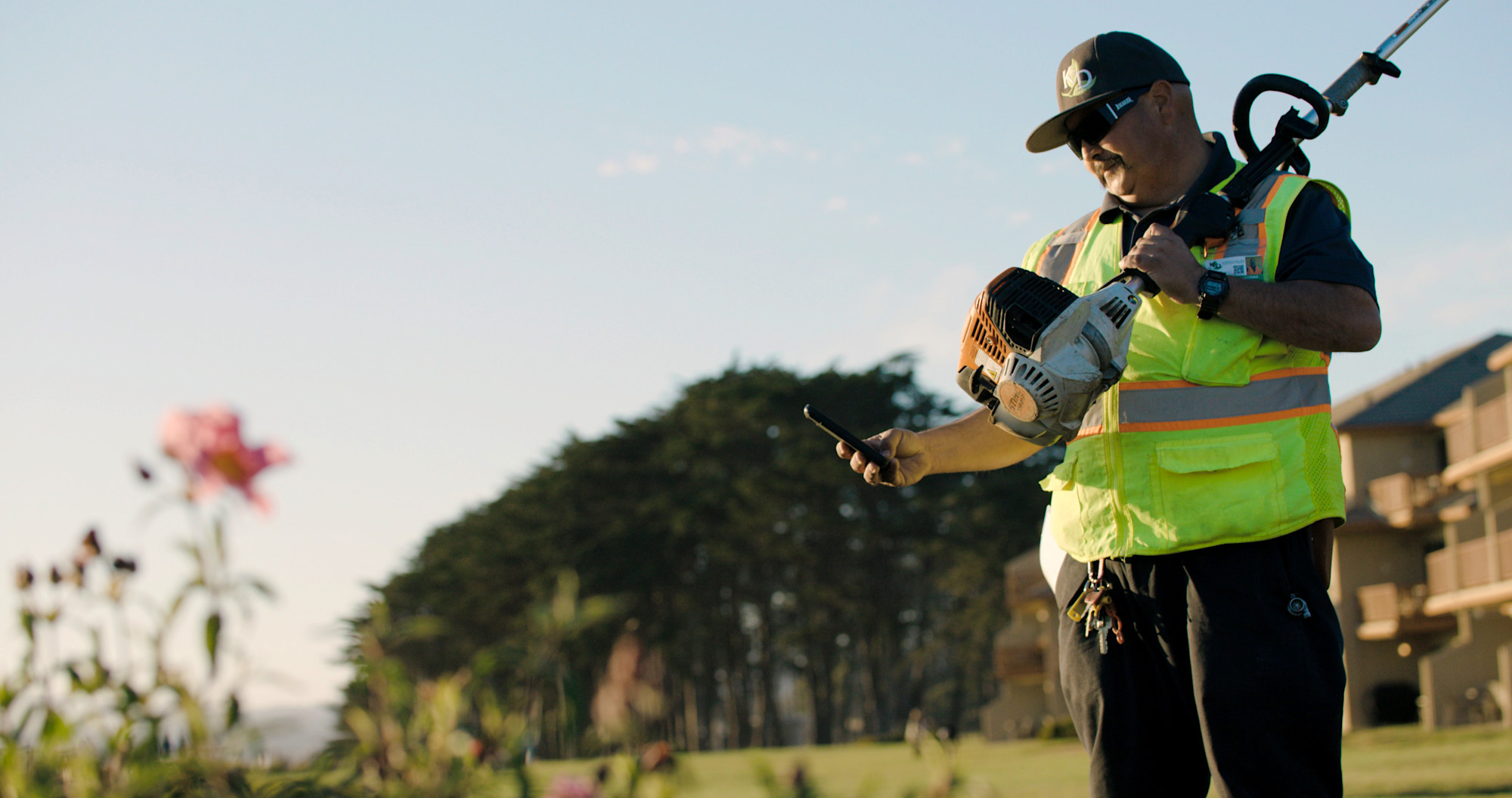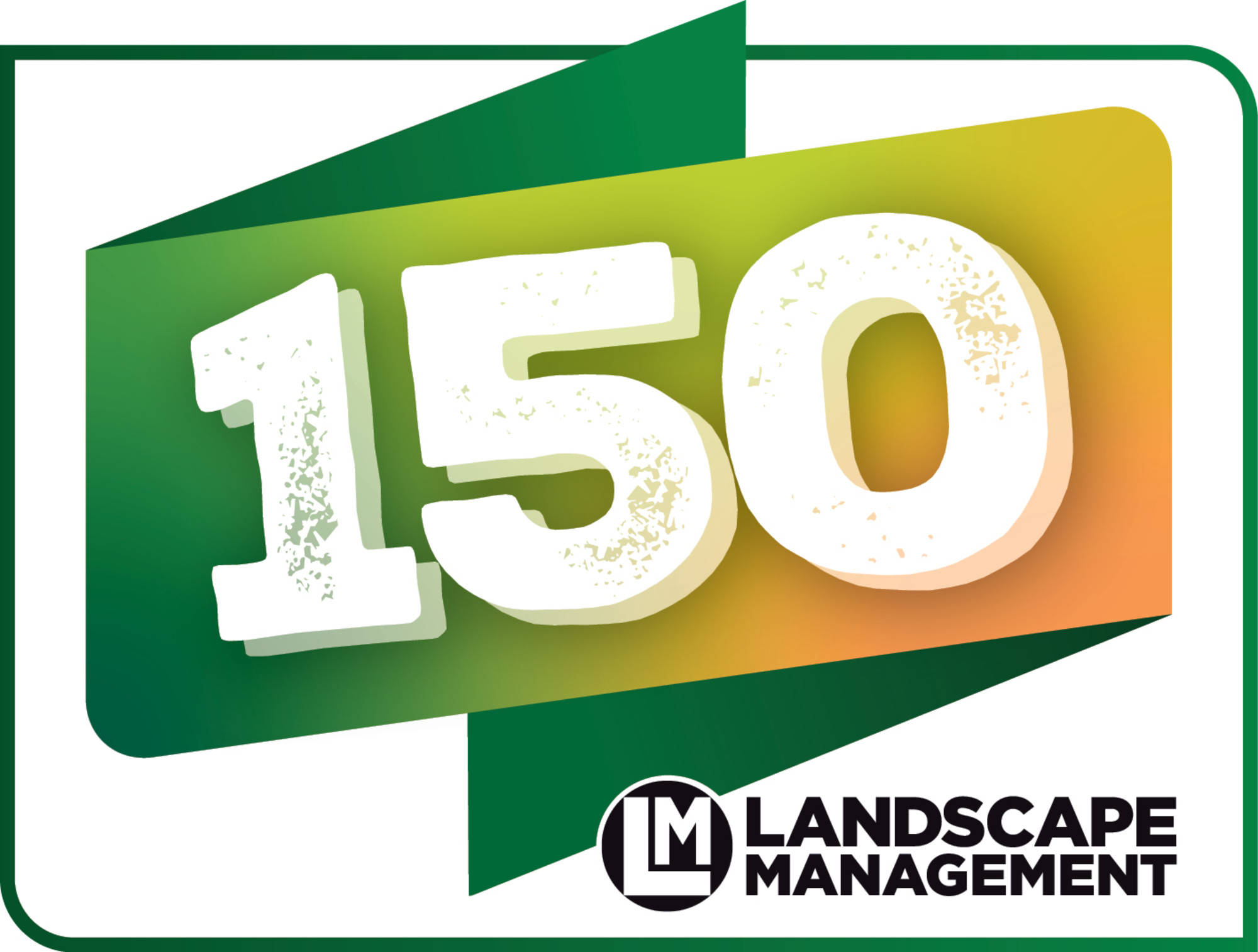Table of Contents
Table of Contents
- Effectiveness Before Efficiency: Why Doing the Right Things Matters More Than Doing Things Right
- Beyond the Paycheck: Smart Ways to Motivate Your Crews
- The M&A Landscape
- What do you look for in an acquisition?
- Approaches to rebranding
- What advice would you give a company looking to be acquired?
- Pitfalls in acquisitions
- The future
Effectiveness Before Efficiency: Why Doing the Right Things Matters More Than Doing Things Right
Discover why efficiency alone won’t drive growth. Mark Pyrah, President and Director of Client Care at PEAK Landscape, hosted a breakout session to explore how landscape companies often “do things right” while neglecting what matters most.
Learn how to avoid the efficiency trap, build effective operational foundations, focus on high-impact priorities, and shift from reactive work to strategic execution that truly moves your business forward.
Beyond the Paycheck: Smart Ways to Motivate Your Crews
Explore how effective incentive programs go beyond pay to drive real motivation. This breakout session from Seth Pflum, President & COO of Grunder Landscaping, breaks down intrinsic vs. extrinsic motivators, the challenges of building bonus structures, and the power of recognition, growth, and purpose.
Learn how simple, aligned incentives create ownership, collaboration, and high-performing landscaping teams.
The M&A Landscape
This Ignite panel featured four industry leaders discussing their experiences with navigating the complexities of mergers and acquisitions in the landscape industry.
What do you look for in an acquisition?
Shane Jarrett, Chief Information & Technology Officer, Mariani Premier Group: “Some of our partners have very little technology, and we don't necessarily look at that as a negative. We can bring the technology. It’s about … do they know their numbers? Do they know their business? Are they delivering great service to their clients? If you’re taking care of your clients, then the money is there.”
Approaches to rebranding
Jarrett: “We don't want the client experience to change — except for the better. These companies are known for their name, they’re known for their trucks … they’re comfortable with them.”
Cristianna Denelsbeck, CFO, Landscape Workshop: “It’s part of the culture, so it’s an emotional day when an owner sees their brand come off the truck, and we’ve lost deals because of it. But (rebranding) matters in terms of valuation, economies of scale, etc.”
Allen Sweeney, CEO and Founder, APHIX: “We do rebrand everything — we didn't want to have different missions and mission statements across the country. We wanted everyone aligned in the way we were thinking about impact and growth. One vision, one mission, one set of values — but we don’t rush that. You have to do it right.“
What advice would you give a company looking to be acquired?
Denelsbeck: “Take care of the blocking and tackling,” she said. “Manage the labor. Manage the price increases. Really think about who your partner is going to be. Most of the sellers care about the customers and their employees. Make sure you're comfortable with who you’re signing up for the next few years.”
Pitfalls in acquisitions
Denelsbeck: “Our key goal now is not to blow something up until you know how to fix it. We used to move too quickly, switching everyone to Aspire on Day 2, and it cost us. Now, we’re on the ground for 1-6 months, moving at the pace that makes sense.
“We do now go into Aspire in Month 1 — not Day 2 — but Month 1, and we do a hard financial close at the end of Month 1, too. That can be eye-opening, but we think it’s important to have that kind of visibility and transparency right away.”
Sweeney: “Sometimes people just go too fast. Sometimes people rush to an endgame that they’re not quite ready for. Make sure the timing is right for the business.”
The future
Denelsbeck: “For some reason, I think private equity has become a bit of a bad word,” she said. “But I think it’s here to stay and will bring a lot of opportunities. At some point, technology will come along to really change things — and the companies with access to capital will probably make the most of that. That may be private equity, but it also may be a great family-run business with capital stashed away.”
-Scott Goldman








